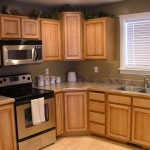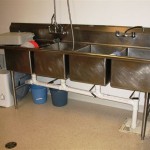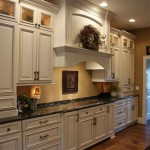A kosher kitchen is an essential part of many Jewish households. Not only does it provide a space for preparing meals that adhere to Jewish dietary laws, but it can also serve as a place of prayer and contemplation. With that in mind, it’s important to create a kitchen that’s both efficient and aesthetically pleasing. Here are some tips and ideas to get you started when designing your own kosher kitchen.
Separating Meat and Dairy
One of the main principles of a kosher kitchen is separating meat and dairy. This means keeping two different sets of dishes, pots, and pans, as well as two distinct places for food preparation and storage. Many kosher kitchen designs include two separate sinks, ovens, and countertops so that all food items can be properly kept and cooked.
Designating Cooking Areas
Kosher kitchens typically have two distinct “zones” for preparing food: the dairy zone and the meat zone. Each area should be clearly marked and all food items should be stored separately. All dishes and utensils should also be labeled with either “meat” or “dairy” so that they can be quickly identified and properly used.
Avoiding Cross-Contamination
It’s also important to ensure that there’s no cross-contamination between the two zones. This means keeping the dairy zone away from the meat zone, as well as avoiding the use of shared utensils and surfaces. To avoid cross-contamination, it’s best to have two separate sets of pots, pans, and cutting boards, as well as two separate sets of dish towels and sponges.
Choosing the Right Materials
When it comes to choosing materials for a kosher kitchen, it’s important to opt for materials that are easy to clean and maintain. Stone and stainless steel countertops are great for avoiding cross-contamination, as they’re easy to wipe down and disinfect. For the floors, opt for non-porous materials like tile, linoleum, or vinyl that can be easily wiped down.
Creating a Practical, Stylish Space
While a kosher kitchen should be functional and organized, it doesn’t have to be boring. There are plenty of ways to incorporate style and personality into the design. For example, you could add an eye-catching backsplash, bright colors, and stylish fixtures. Creating a functional and stylish kosher kitchen can be a challenge, but with the right design and materials, it’s definitely achievable. By following these tips and ideas, you can create a space that’s both practical and aesthetically pleasing.















Related Posts








